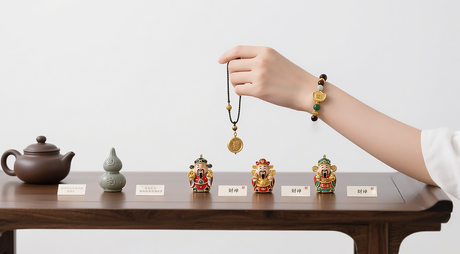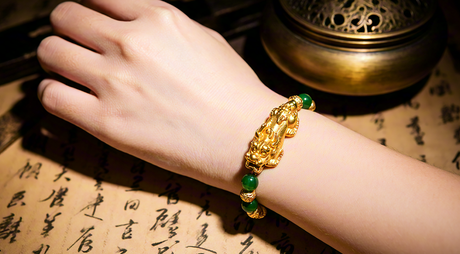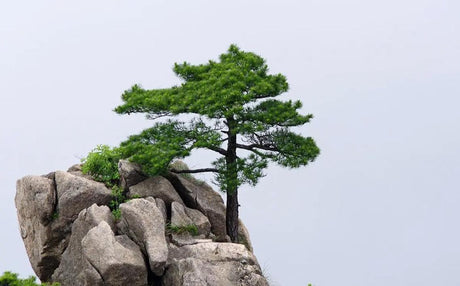Table of Contents
- 1. Geography and Historical Background
- 2. Language and Literature
- 3. Religion and Spiritual Practices
- 4. Festivals and Celebrations
- 5. Traditional Food and Cuisine
- 6. Art, Music, and Handicrafts
- 7. Traditional Clothing
- 8. Daily Life and Community
- 9. Cultural Etiquette for Visitors
- 10. Modern Cultural Preservation
- 11. Related Articles in This Series
The southwestern region of China is home to diverse ethnic groups, including the **Zhuang, Miao, Yi, and Dai**. Spread across **Guangxi, Guizhou, Yunnan, and Sichuan provinces**, these communities have preserved unique languages, traditions, and artistic expressions. Festivals, music, dance, and colorful clothing reflect a rich cultural heritage intertwined with local landscapes and history.
1. Geography and Historical Background
The Zhuang primarily live in Guangxi Zhuang Autonomous Region, China, while the Miao and Yi are found in Guizhou, Yunnan, and Sichuan provinces, China. The Dai mainly reside in Xishuangbanna, Yunnan, China. Mountainous terrain, rivers, and fertile valleys shaped agricultural lifestyles, village settlements, and trade networks.
Historically, these groups maintained **autonomous chiefdoms** and developed distinctive social structures. Interaction with Han Chinese, Southeast Asian cultures, and neighboring ethnic groups contributed to the rich diversity of Southwest China.

2. Language and Literature
- Zhuang: Tai-Kadai language with a native script; rich oral folklore.
- Miao (Hmong): Hmongic language; traditional embroidery and folk stories serve as cultural memory.
- Yi: Tibeto-Burman language; classic Yi script preserves historical texts.
- Dai: Tai-Kadai language; oral literature, songs, and folktales celebrate nature and ancestry.
3. Religion and Spiritual Practices
- Zhuang and Dai: Influenced by **Buddhism and animism**, with village temples and ancestral worship.
- Miao: **Shamanistic practices** and ancestor worship remain central.
- Yi: Blend of **Buddhism, animism, and local rituals**, often tied to agriculture and seasonal cycles.
4. Festivals and Celebrations
1. Zhuang: Song Festival
- Young people sing antiphonal songs, often as courtship rituals.
2. Miao: Sisters’ Meal Festival
- Celebrated in Guizhou, China, featuring music, dance, and traditional food.
3. Yi: Torch Festival
- Marking the harvest, involves lighting torches, dancing, and communal feasts.
4. Dai: Water-Splashing Festival
- Chinese New Year celebration, symbolizing cleansing, blessing, and joy.

5. Traditional Food and Cuisine
- Zhuang: Rice, sour bamboo shoots, river fish, glutinous rice cakes.
- Miao: Sour soup, spicy pickled vegetables, glutinous rice dumplings.
- Yi: Corn, potatoes, and millet; yak and goat meat for festivals.
- Dai: Sticky rice, tropical fruits, grilled fish, and spicy salads.
6. Art, Music, and Handicrafts
- Embroidery: Miao and Zhuang are famous for intricate hand-stitched patterns.
- Silverwork: Miao and Yi women craft silver ornaments for festivals.
- Music and Dance: Bamboo flutes, gongs, and traditional dances reflect local life and beliefs.
- Weaving and Painting: Dai textiles and Zhuang brocades demonstrate craftsmanship and cultural symbolism.
7. Traditional Clothing
Each group wears colorful attire with symbolic embroidery:
- Zhuang: Dark jackets and trousers, decorated with geometric patterns.
- Miao: Bright pleated skirts, silver jewelry, and embroidered tops.
- Yi: Layered clothing with vivid colors and headscarves.
- Dai: Light, flowing dresses with floral motifs; men wear tunics and sashes.

8. Daily Life and Community
- Agriculture, fishing, and animal husbandry remain central to daily life.
- Villages are tightly knit; communal festivals and rituals strengthen bonds.
- Youth participate in cultural training, including singing, dancing, and handicrafts.
- Modern education blends Mandarin schooling with preservation of local languages and arts.
9. Cultural Etiquette for Visitors
- Respect religious and ritual practices; ask before taking photos of ceremonies.
- Participate politely in songs or dances if invited.
- Dress modestly in temples or during festivals.
10. Modern Cultural Preservation
- Government and community programs promote festivals, handicrafts, and music as cultural heritage.
- Tourism supports local economies while raising awareness of traditional arts.
- Youth programs teach embroidery, silverwork, and traditional instruments.










